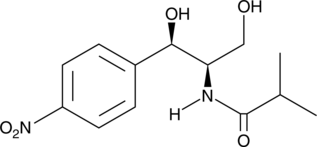Bacterial Diseases
Products for Bacterial Diseases
- Cat.No. Product Name Information
-
GC45383
Antibiotic PF 1052
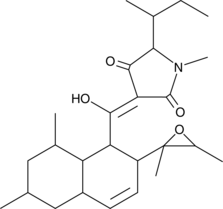
-
GC49360
Antimycin A Complex
A bacterial metabolite complex
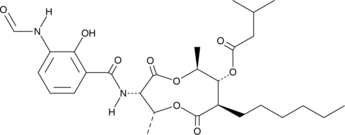
-
GC42826
Apigeninidin (chloride)
Apigeninidin is a natural 3-deoxyanthocyanidin that can be isolated from leaves of sorghum.
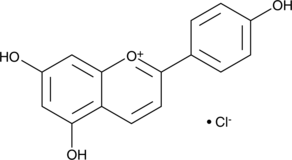
-
GC48988
Apramycin (sulfate hydrate)
An aminoglyco
side antibiotic 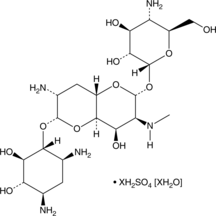
-
GC48393
Aquastatin A
A fungal metabolite with diverse biological activities

-
GC46878
Aranciamycin
A fungal metabolite with diverse biological activities
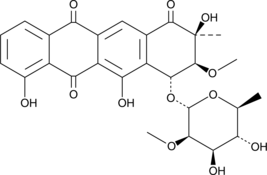
-
GC48472
Aranciamycin A
An antibiotic
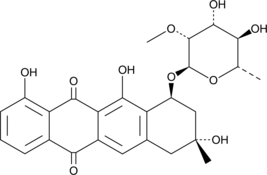
-
GC40116
Aranorosin
Aranorosin is a fungal metabolite originally isolated from P.
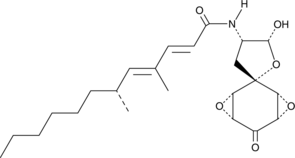
-
GC49103
Aromadendrene
A sesquiterpene with diverse biological activities

-
GC18978
Aspartocin D
Aspartocin D is a lipopeptide antibiotic originally isolated from S.
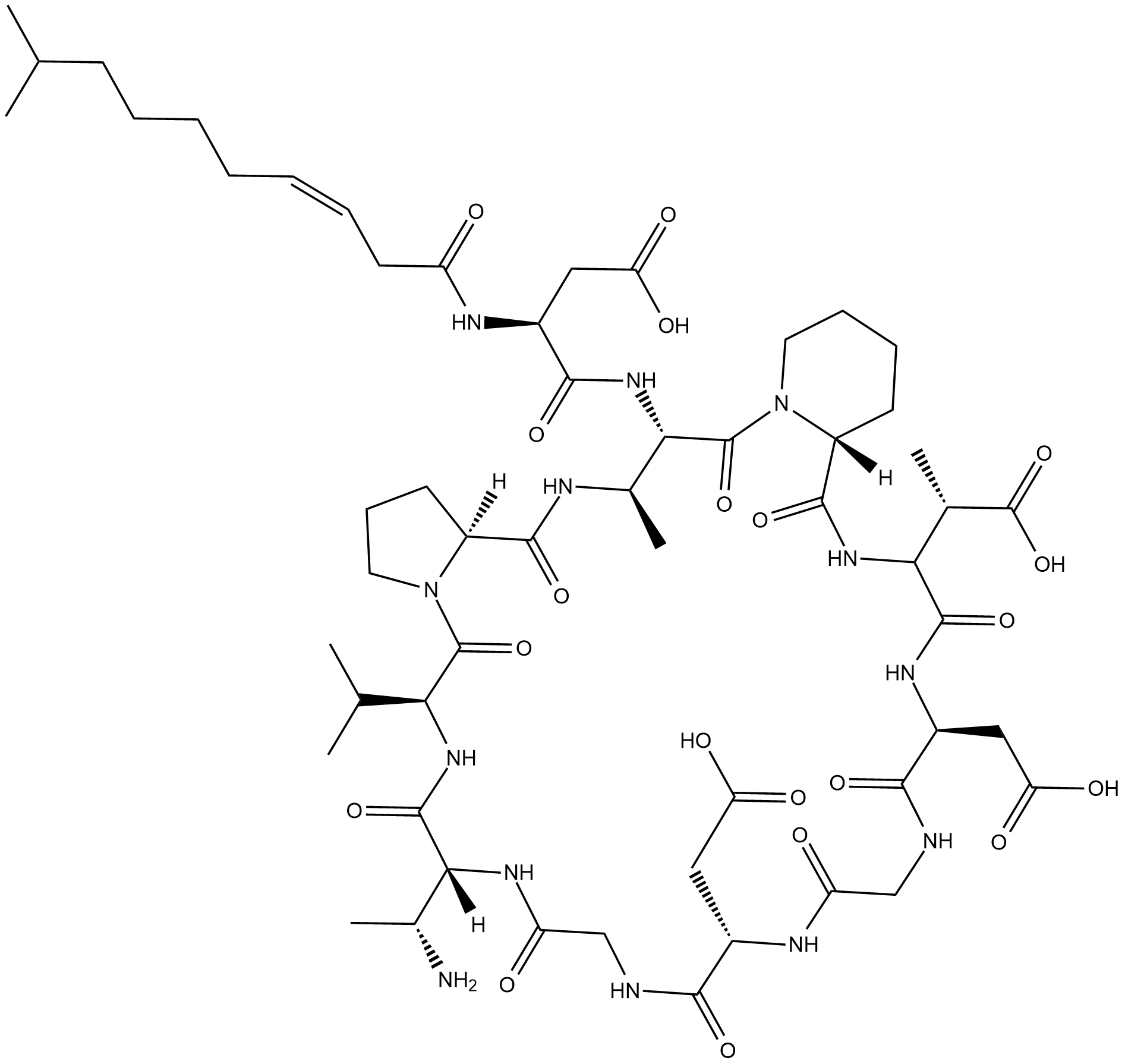
-
GC42858
Aspergillin PZ
Aspergillin PZ is a fungal metabolite originally isolated from A.
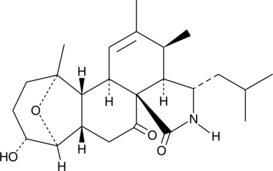
-
GC40682
Asperlactone
Asperlactone is a nematicidal, insecticidal, antibacterial, and antifungal polyketide metabolite produced from A.
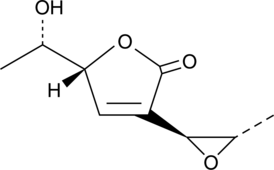
-
GC42860
Aspochalasin D
Aspochalasin D is a co-metabolite originally isolated from A.
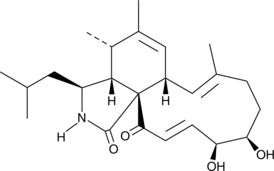
-
GC46886
Aspyrone
A fungal metabolite with diverse biological activities
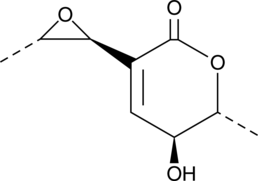
-
GC42863
Asukamycin
Asukamycin is polyketide isolated from the S.
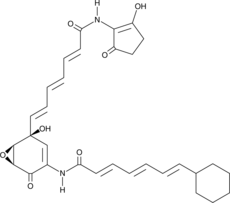
-
GC46091
Aszonapyrone A
A meroditerpene fungal metabolite with diverse biological activities
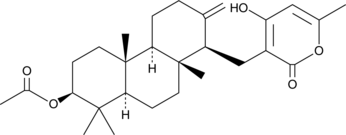
-
GC41490
Aureusimine B
Aureusimine B, also known as phevalin, is a natural pyrazinone produced by certain fungi and by Staphylococcus spp., including S.
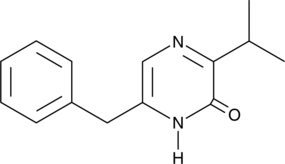
-
GC40005
Aurodox
Aurodox is a polyketide antibiotic originally isolated from S.

-
GC45388
Averantin

-
GC45984
Avilamycin A
An antibiotic

-
GC48511
Avrainvillamide
A fungal metabolite
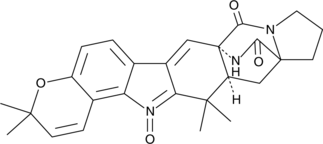
-
GC46903
Azithromycin-d3
An internal standard for the quantification of azithromycin
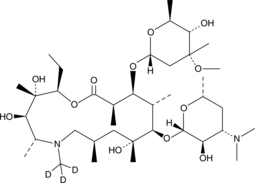
-
GC45795
Aztreonam-d6
An internal standard for the quantification of aztreonam
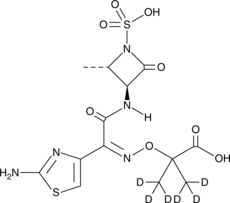
-
GC49793
Bacitracin A (technical grade)
A polypeptide antibiotic
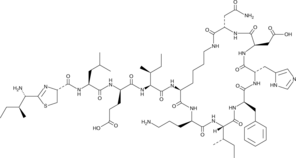
-
GC46905
Bacitracin Complex
A mixture of bacitracin polypeptides in complex with copper
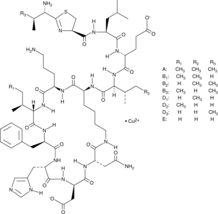
-
GC49302
Bactenecin (bovine) (trifluoroacetate salt)
A cationic peptide
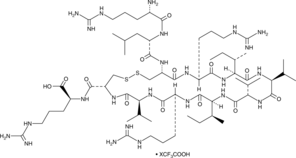
-
GC46908
BE-24566B
A fungal metabolite
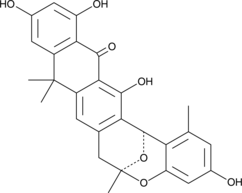
-
GC46910
Beauvericin A
A cyclodepsipeptide with diverse biological activities
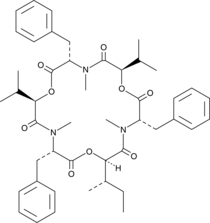
-
GC49042
Benastatin A
A bacterial metabolite with diverse biological activities
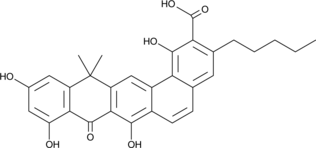
-
GC49043
Benastatin B
A bacterial metabolite with diverse biological activities
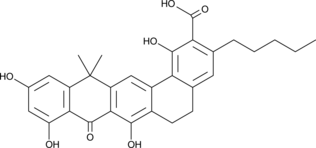
-
GC49387
Berberine-d6 (chloride)
An internal standard for the quantification of berberine
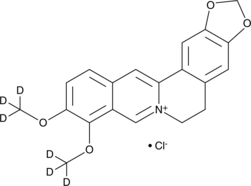
-
GC46098
Berkeleylactone E
A macrolide antibiotic
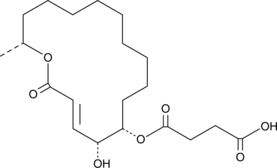
-
GC48504
Betulinic Aldehyde oxime
A derivative of betulin
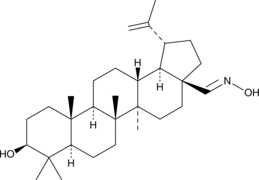
-
GC49200
Biotin (R)-Sulfoxide
A metabolite of biotin
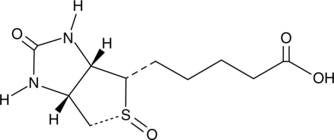
-
GC49170
Biotin (S)-sulfoxide
An inactive metabolite of biotin
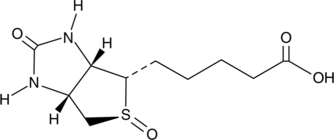
-
GC52326
Biotin-PEG4-LL-37 (human) (trifluoroacetate salt)
A biotinylated and pegylated form of LL-37

-
GC42943
Bischloroanthrabenzoxocinone
Bacterial type II fatty acid synthesis (FAS-II) is mediated by a series of enzymes, each of which may be targeted by potential antibiotics.
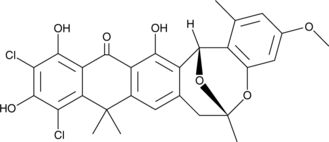
-
GA20967
Boc-D-His-OH
An amino acid building block

-
GA20972
Boc-D-Leu-OSu
An amino acid-containing building block

-
GC46938
Boc-L-Arg-OH
An amino acid building block
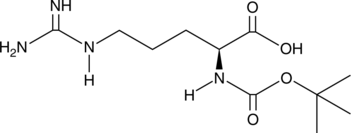
-
GC49717
Boc-LGR-pNA (acetate)
A chromogenic substrate for endotoxins
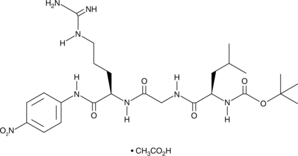
-
GC42967
Boromycin
Boromycin is a boron-containing macrolide antibiotic that has been found in Streptomyces.
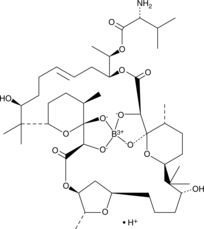
-
GC40009
Bostrycin
Bostrycin is an anthraquinone originally isolated from B.
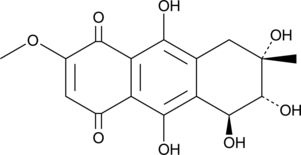
-
GC48365
Bottromycin A2
An antibiotic
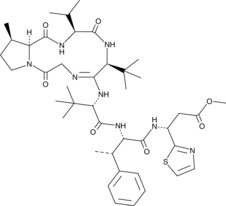
-
GC52240
BPH-1358
An inhibitor of UPPS and FPPS
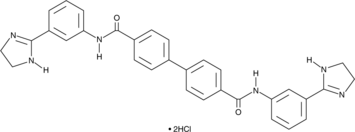
-
GC52101
Brazilein
Brazilein is an important immunosuppressive component isolated from Caesalpinia sappan L.
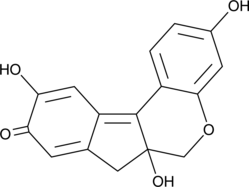
-
GC42978
Bromamphenicol
Bromamphenicol is a dibrominated derivative of the antibiotic chloramphenicol.
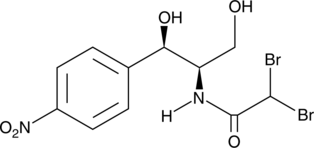
-
GC46024
Bromodiphenhydramine (hydrochloride)
A histamine H1 receptor antagonist
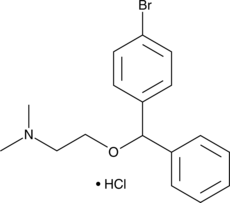
-
GC48376
Burnettramic Acid A
A fungal metabolite with diverse biological activities
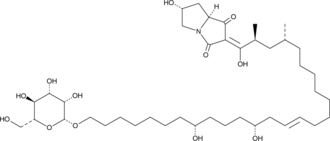
-
GC43032
C16 Globotriaosylceramide (d18:1/16:0)
C16 globotriaosylceramide is an endogenous sphingolipid found in mammalian cell membranes that is synthesized from C16 lactosylceramide.

-
GC43049
C18 Globotriaosylceramide (d18:1/18:0)
C18 globotriaosylceramide is an endogenous sphingolipid found in mammalian cell membranes that is synthesized from lactosylceramide.

-
GC43060
C2 Adamantanyl Globotriaosylceramide (d18:1/2:0)
C2 Adamantanyl globotriaosylceramide (AdaGb3) is a bioactive sphingolipid and water-soluble form of globotriaosylceramide that contains an adamantanyl group in place of the fatty acyl chain.

-
GC49079
C82
An Mtb CdnP inhibitor
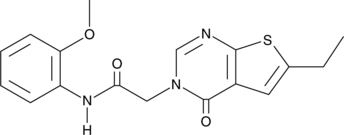
-
GC43131
Calpinactam
Calpinactam is a fungal metabolite originally isolated from M.
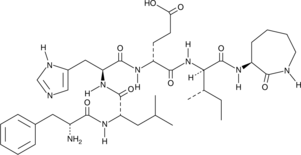
-
GC43138
CAP 3
CAP 3 is a cholic acid-peptide conjugate (CAP) with antibacterial activity.
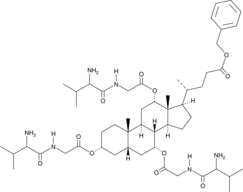
-
GC48878
Carbazomycin A
A bacterial metabolite with diverse biological activities
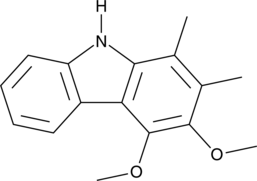
-
GC48893
Carbazomycin B
A bacterial metabolite with diverse biological activities
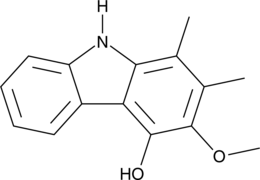
-
GC48850
Carbazomycin C
A bacterial metabolite with diverse biological activities
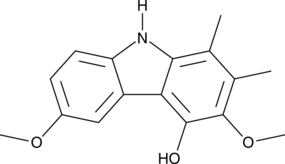
-
GC48826
Carbazomycin D
A bacterial metabolite with diverse biological activities
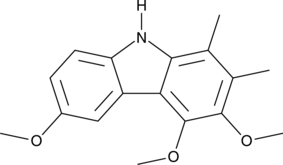
-
GC43142
Cardanol diene
Cardanol diene is a phenol found in cashew nut shell liquid that inhibits tyrosinase with an IC50 value of 52.5 μM in vitro.

-
GC18449
Cardanol monoene
Cardanol monoene is a phenol found in cashew nut shell liquid that reversibly inhibits tyrosinase with an IC50 value of 56 uM in vitro.
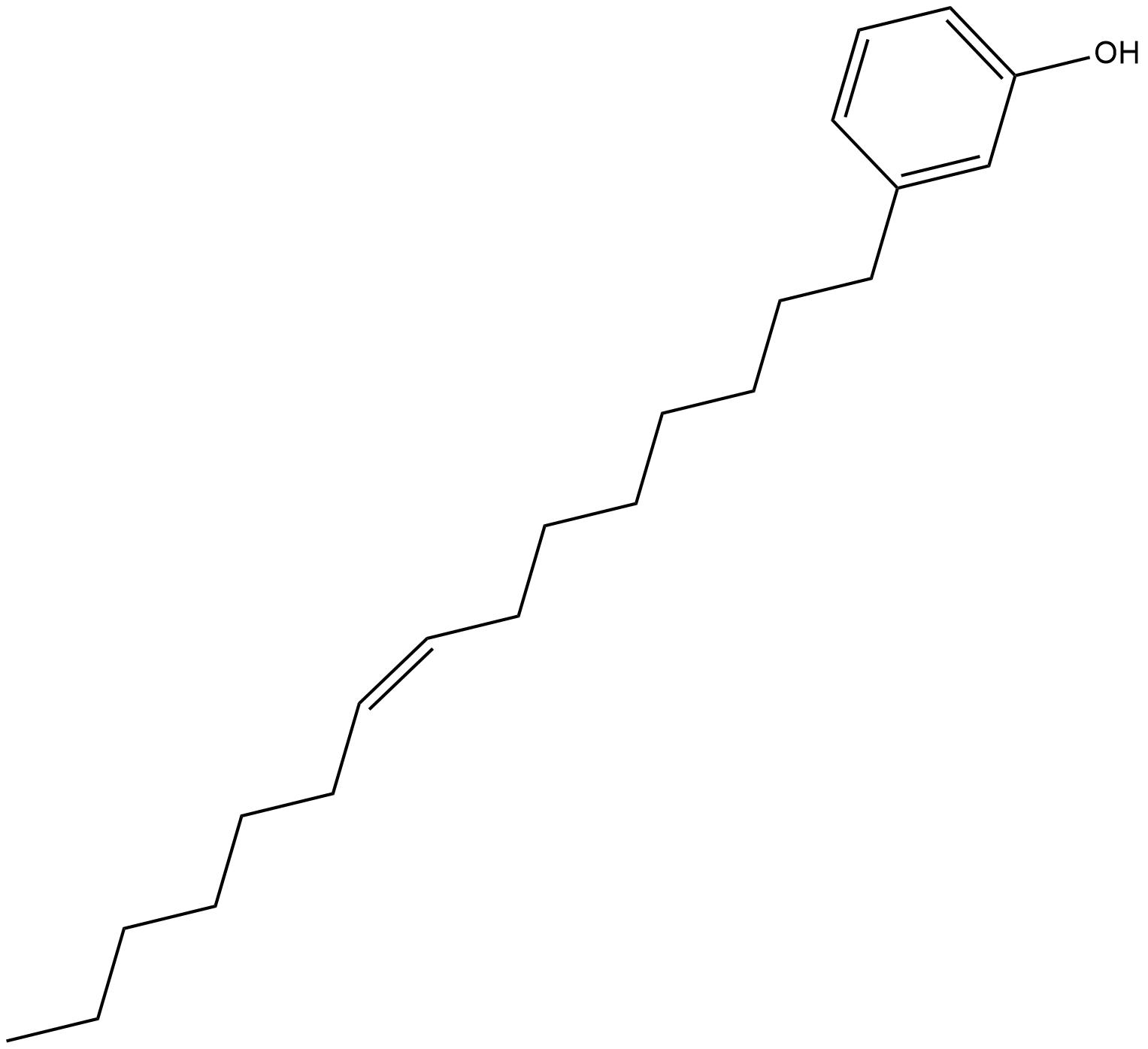
-
GC43143
Cardanol triene
Cardanol triene is a phenol found in cashew nut shell liquid that reversibly inhibits tyrosinase with an IC50 value of 40.5 μM in vitro.

-
GC18910
CAY10654
The gram-negative pathogen Pseudomonas aeruginosa uses N-acylated-L-homoserine lactones (AHLs) in quorum sensing to modulate transcriptional activators, including LasR, and regulate the expression of virulence factors.
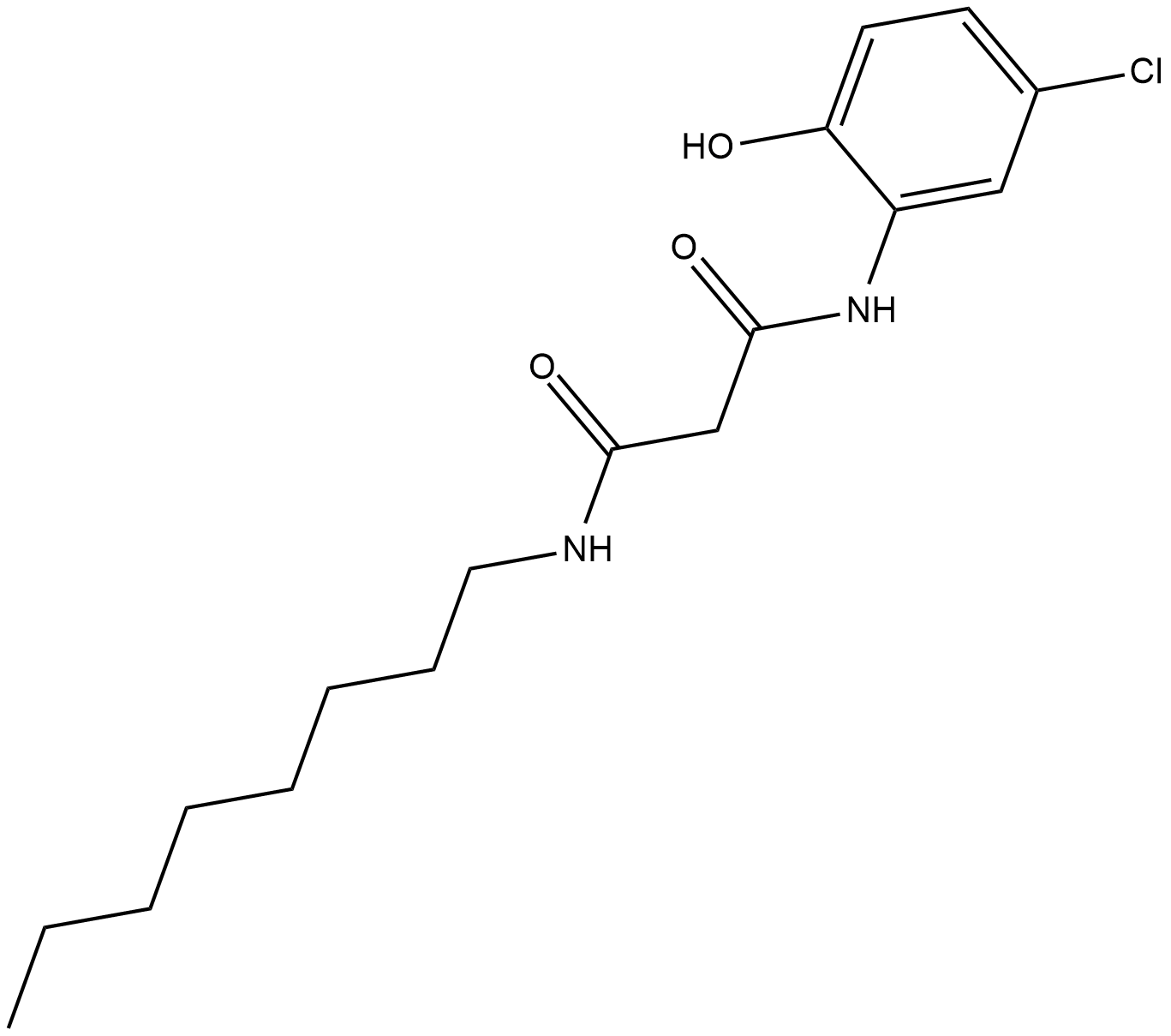
-
GC43197
CAY10711
CAY10711 is a substituted diamine that produces rapid bactericidal activity against both Gram-positive and Gram-negative bacteria, including methicillin-resistant S.
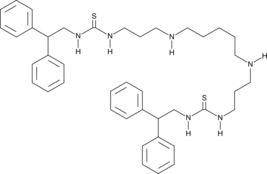
-
GC47052
CAY10742
An oxadiazole antibiotic
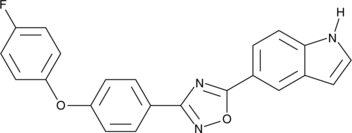
-
GC49139
CAY10784
A STAT3 inhibitor
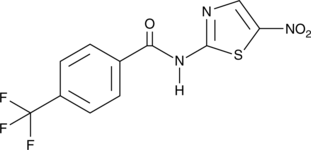
-
GC52378
Cecropin A (trifluoroacetate salt)
An antimicrobial peptide
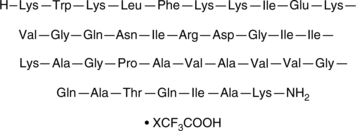
-
GC52369
Cecropin B (trifluoroacetate salt)
An antimicrobial peptide
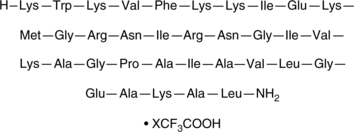
-
GC48489
Cefadroxil-d4 (trifluoroacetate salt)
An internal standard for the quantification of cefadroxil
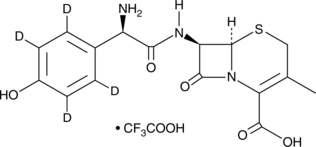
-
GC49274
Cefalonium
A cephalosporin antibiotic
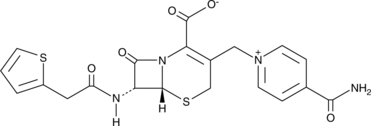
-
GC43222
Cefazolin-13C2,15N
Cefazolin-13C2,15N is intended for use as an internal standard for the quantification of cefazolin by GC- or LC-MS.
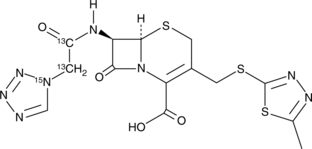
-
GC47068
Cefmetazole
A cephamycin antibiotic
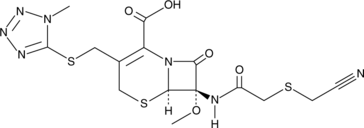
-
GC16155
Cefprozil
antibiotic
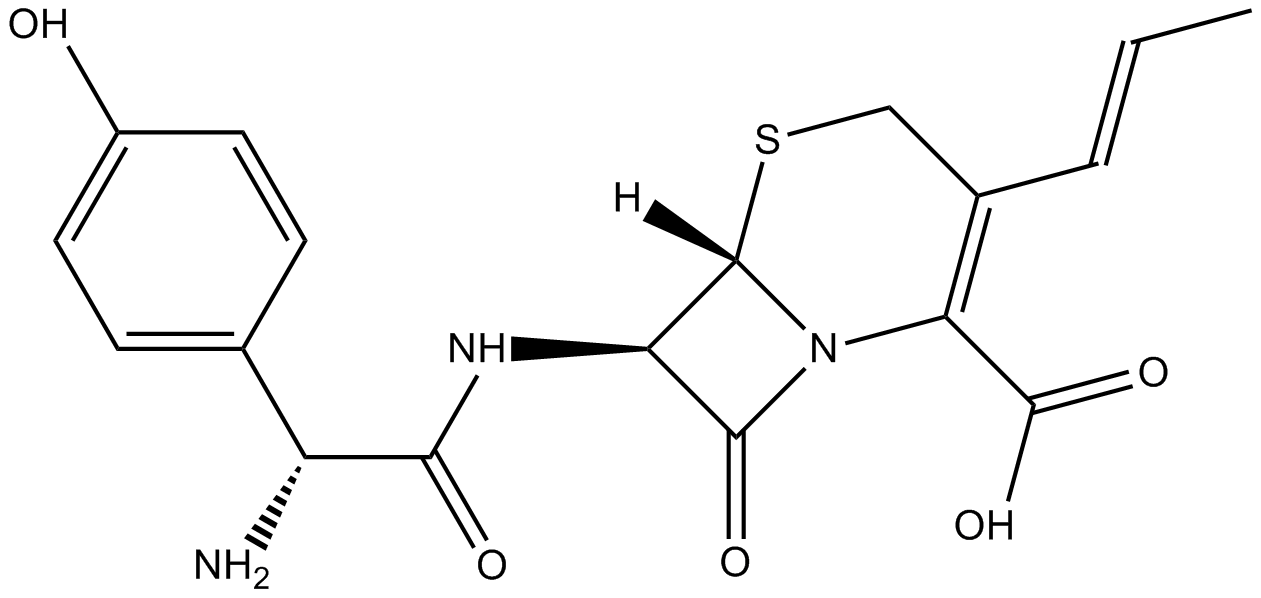
-
GC48443
Cefsulodin (sodium salt hydrate)
A βlactam antibiotic
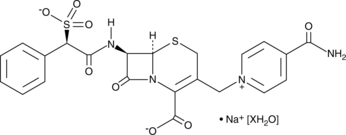
-
GC47069
Cefuroxime-d3
An internal standard for the quantification of cefuroxime
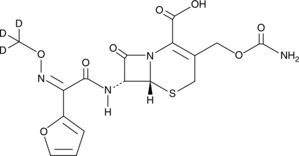
-
GC18392
Cellocidin
Cellocidin is an antibiotic originally isolated from S.
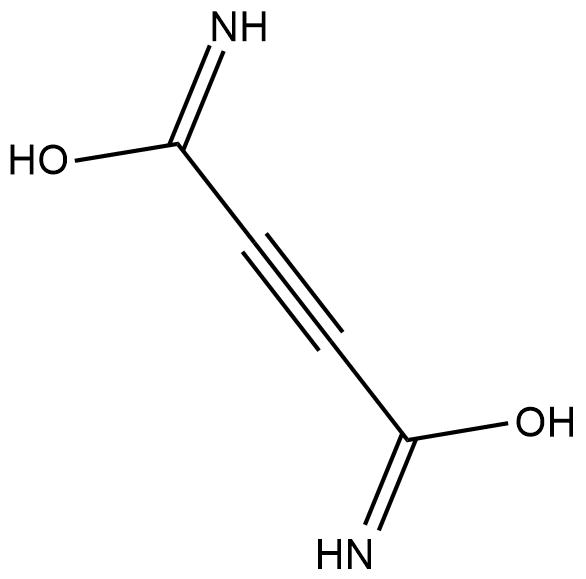
-
GC47071
CENTA
A colorimetric β-lactamase substrate

-
GC49593
Cephacetrile
Cephacetrile (Cephacetrile) is a broad-spectrum antibiotic that is effective in gram-positive and gram-negative bacterial infection.
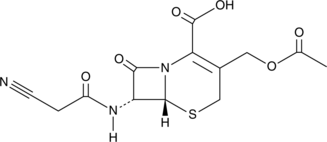
-
GC45716
Cerevisterol
A fungal metabolite
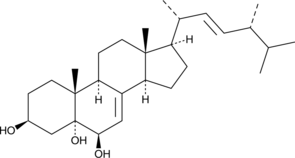
-
GC18536
Chartreusin
Chartreusin is an antibiotic originally isolated from S.
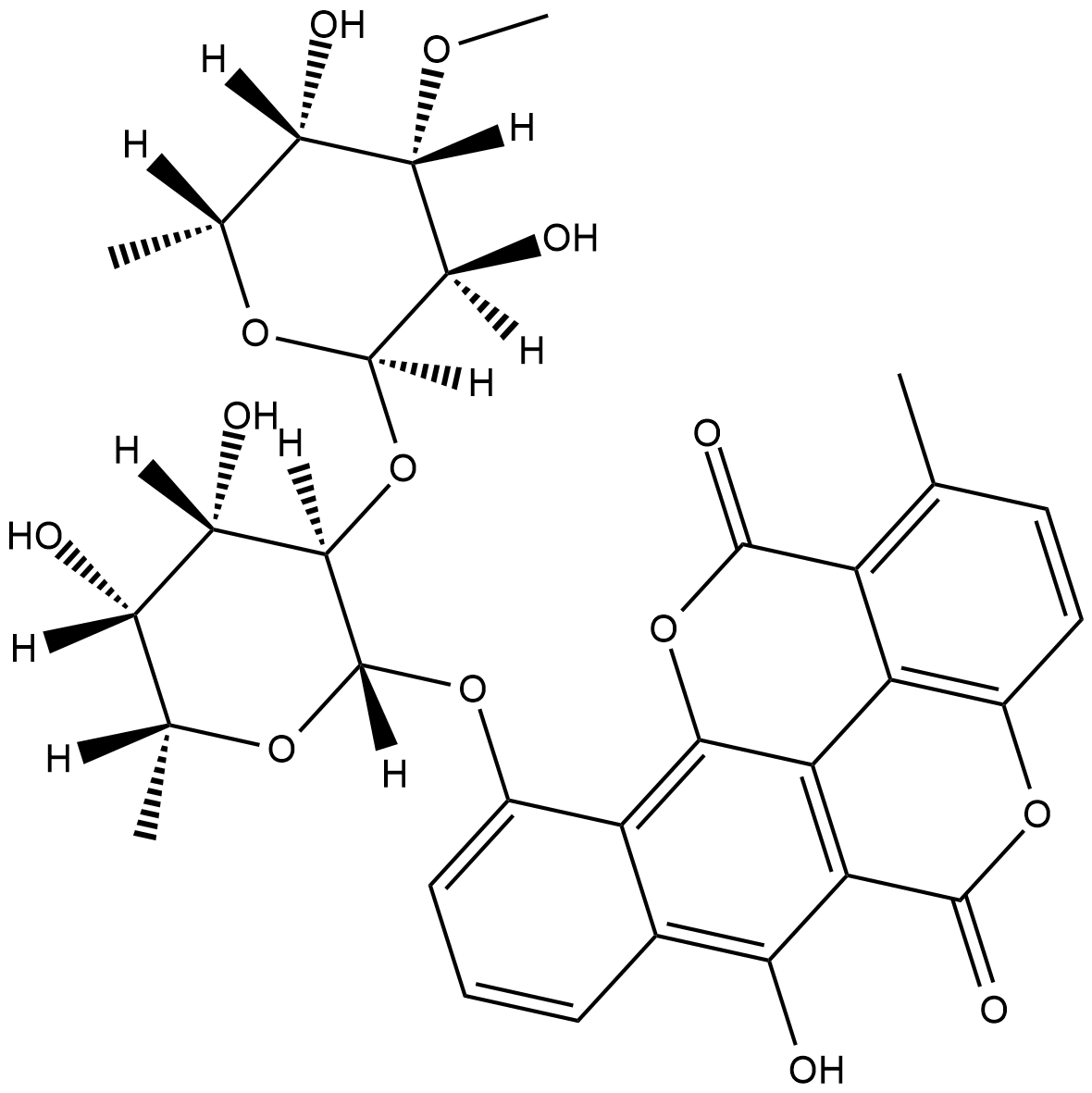
-
GC43237
Chevalone C
Chevalone C is a meroterpenoid fungal metabolite originally isolated from E.
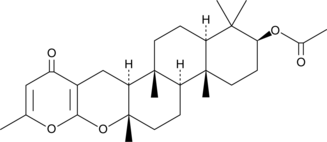
-
GC47079
Chloramine-T (hydrate)
A common reagent
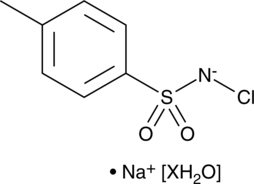
-
GC43240
Chloramphenicol Acetate
Chloramphenicol acetate is an acetylated and inactive version of chloramphenicol.
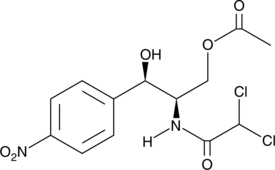
-
GC43242
Chloramphenicol Succinate
Chloramphenicol succinate is a water-soluble prodrug form of the antibiotic chloramphenicol.
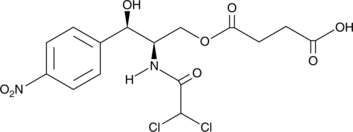
-
GC48416
Chlorhexidine-d8 (hydrochloride)
An internal standard for the quantification of chlorhexidine

-
GC43244
Chlorin e6
Chlorin e6(Ce6) is a second-generation photosensitizer.
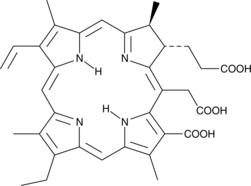
-
GC46119
Cholic Acid anilide
A synthetic bile acid
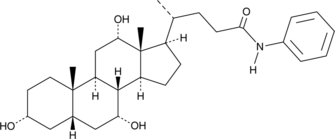
-
GC18290
Chrysomycin A
Chrysomycin A is an antibiotic isolated from a strain of Streptomyces.
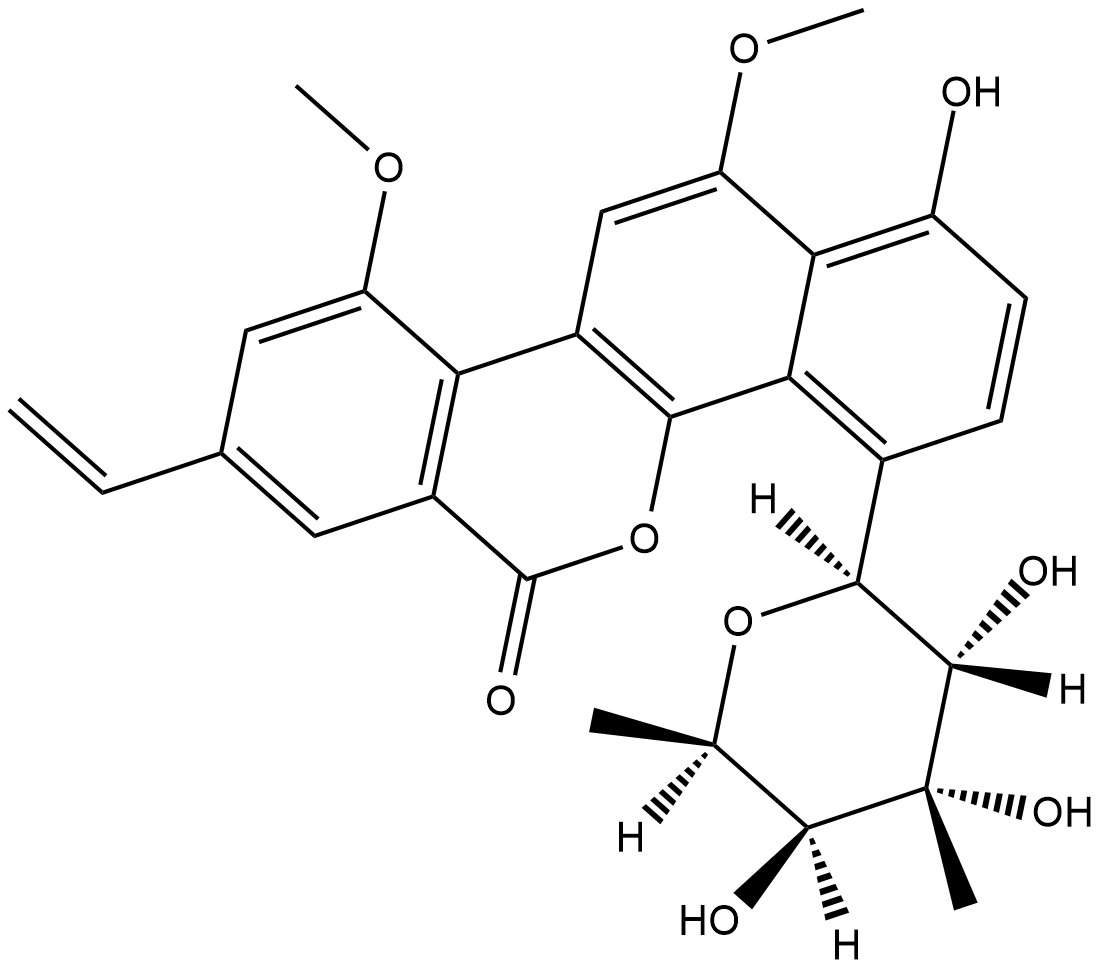
-
GC40219
Ciprofloxacin-d8 (hydrochloride)
Ciprofloxacin-d8 is intended for use as an internal standard for the quantification of ciprofloxacin by GC- or LC-MS.
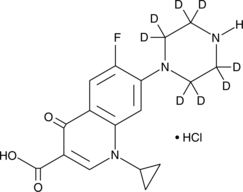
-
GC40343
cis-9,10-Methyleneoctadecanoic Acid
cis-9,10-Methyleneoctadecanoic acid is a cyclopropane fatty acid that has been found in bacteria and the digestive gland of P.

-
GC43274
Citromycetin
Citromycetin is a fungal metabolite originally isolated from P.

-
GC49852
Clindamycin (hydrochloride hydrate)
Clindamycin (hydrochloride hydrate) is an oral protein synthesis inhibitory agent that has the ability to suppress the expression of virulence factors in Staphylococcus aureus at sub-inhibitory concentrations (sub-MICs).
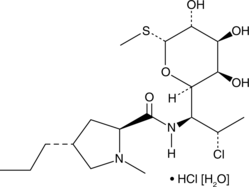
-
GC43278
Clindamycin Sulfoxide
Clindamycin sulfoxide is an active metabolite of the antibiotic clindamycin.
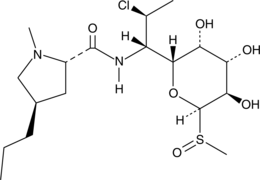
-
GC52171
Clindamycin-d3 (hydrochloride)
Clindamycin-d3 (hydrochloride) is the deuterium labeled Clindamycin.
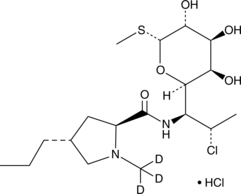
-
GC49096
Cobaltic Protoporphyrin IX (chloride)
An inducer of HO-1 activity
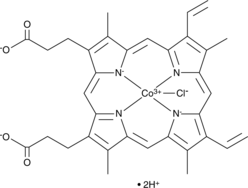
-
GC43298
Colistin
Colistin is a complex antibiotic containing greater than 30 components, with the cyclic polypeptide antibiotics polymyxins E1 (colistin A) and E2 (colistin B) as the major components.
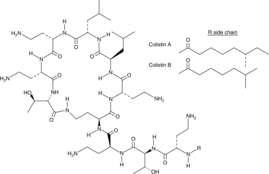
-
GC46122
Collinin
A coumarin with diverse biological activities

-
GC43314
Corynecin I
Corynecin I is a chloramphenicol-like antibiotic originally isolated from Corynebacterium.
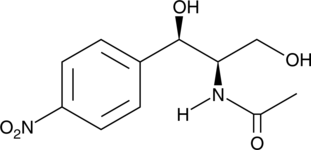
-
GC40079
Corynecin II
Corynecin II is a chloramphenicol-like antibiotic originally isolated from Corynebacterium.
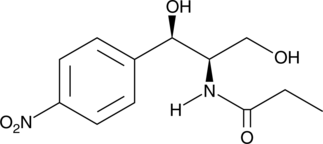
-
GC40083
Corynecin III
Corynecin III is a chloramphenicol-like antibiotic originally isolated from Corynebacterium.
